Before you grab a screwdriver, think about safety. A simple slip or a forgotten circuit can turn a quick fix into a costly disaster. Below are practical steps to keep you safe while you tackle common household appliances.
The first rule is always to turn off the electricity at the breaker. Even if the appliance is unplugged, a lingering charge can remain in capacitors, especially in ovens or heat pumps. After switching off the breaker, use a non‑contact voltage tester to confirm there’s no live current. This quick check prevents shocks and saves you from an angry surprise.
If you’re working on a gas‑powered boiler or water heater, shut the gas valve and ventilate the area. A small leak can become a big safety issue fast. Keep a fire extinguisher nearby – a Class ABC type works for most kitchen and heating appliances.
Never improvise with the wrong screwdriver or wrench. Using the correct size reduces stripped screws and accidental slips. Gloves protect your hands from sharp edges on refrigerators, dishwashers, and extractor fans. Safety glasses are a must when you’re removing panels; broken glass or rust can fly out unexpectedly.
When dealing with hot water heaters or ovens, allow them to cool completely. Touching a still‑hot element can cause burns that feel worse than a minor shock. A simple kitchen timer can remind you how long to wait before you get your hands near the heat source.
Many of our guide articles, like “How to Replace an Electric Hob Element” or “Heat Pump Not Blowing Warm Air?” include a short safety checklist at the top. Skipping that list is the fastest way to end up on the phone with a professional. Take a minute to read it – it’s the difference between a smooth repair and an emergency.
When you’re unsure about a part, look for a label or serial number. Manufacturers often print warning symbols that tell you if a component is high‑voltage or pressurized. If a label says “Do Not Disassemble – Call Professional,” respect it. Ignoring manufacturer warnings can void warranties and put you at risk.
Ventilation matters more than you think. Working on a fridge or freezer releases refrigerant gases that are harmful if inhaled in a closed room. Open a window, or use a fan to push fresh air through. The same principle applies to cleaning a boiler – dust and soot can irritate lungs.
If a repair looks more complicated than replacing a simple heating element, it’s time to call a qualified technician. Our posts about “Can I Repair My Boiler Myself?” explain where the line is drawn. Trust your gut; if a job feels unsafe, get help.
Finally, keep a clean work area. A cluttered countertop can cause you to trip or knock tools onto live wires. Gather all needed parts, tools, and safety gear before you start. A tidy space speeds up the repair and reduces the chance of accidental injury.
Following these safety basics lets you fix most appliances without a mishap. Whether you’re swapping a dishwasher fan, flushing a water heater, or troubleshooting a heat pump, the same core rules apply: cut power, test, use proper gear, respect warnings, and know when to call a pro. Stay safe, stay smart, and enjoy the satisfaction of a job well done.
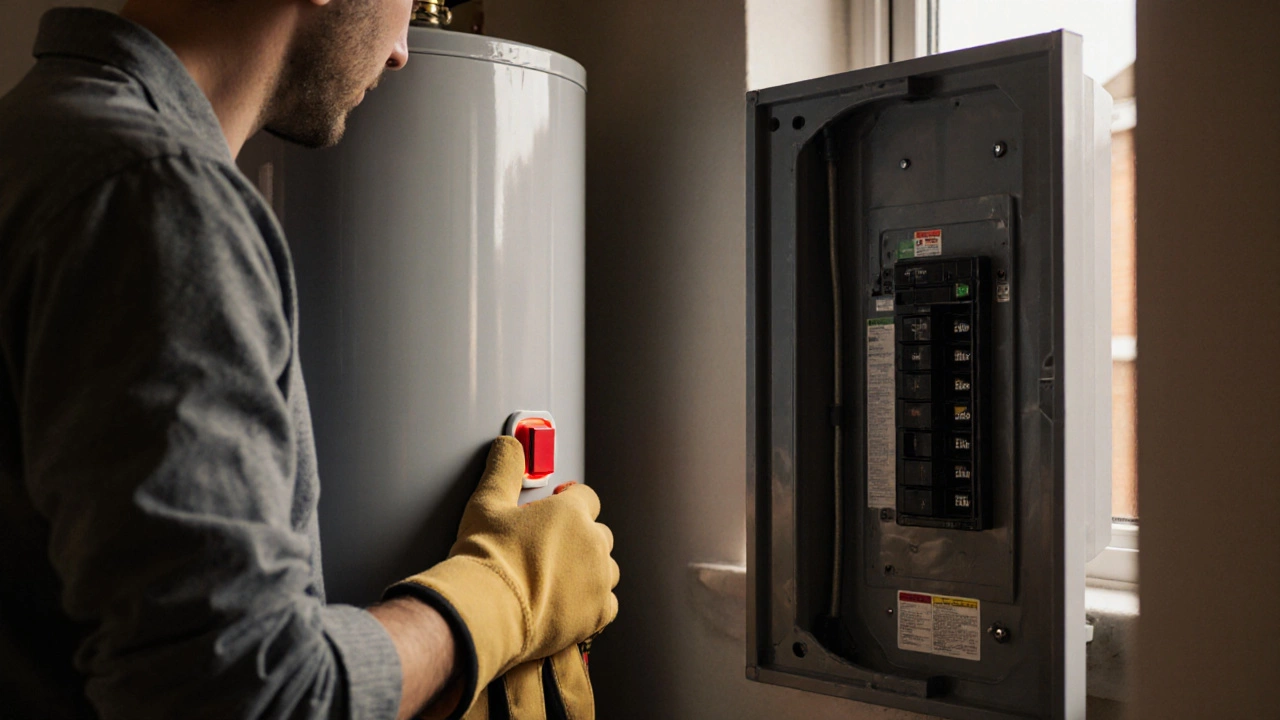
Learn when it's safe to press the water heater reset button, step‑by‑step instructions, common risks, and when to call a professional.
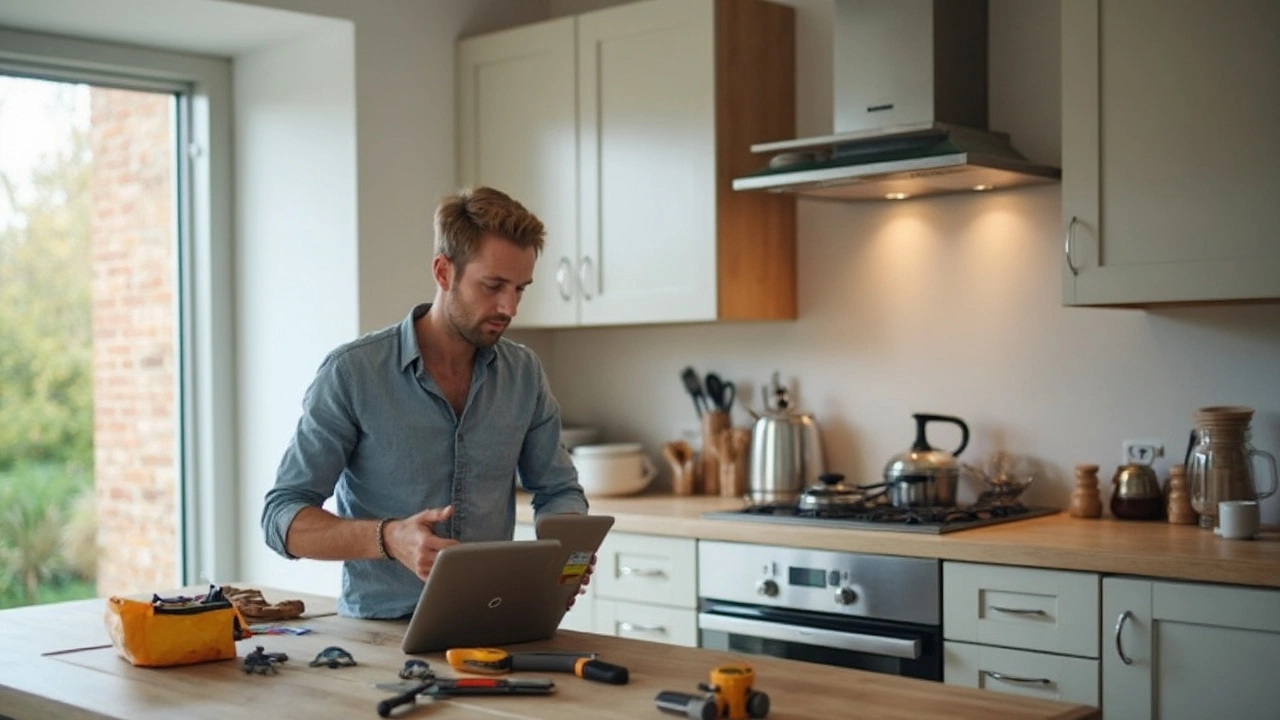
Thinking about swapping out your extractor fan? This article breaks down when you really need a licensed electrician and when you might handle it yourself. Learn what risks and rules are involved, plus some practical tips for a painless install. Get clear answers on costs, permits, and what can go wrong if you take shortcuts. If you want fast, safe, and lasting results, this guide walks you through everything step-by-step.
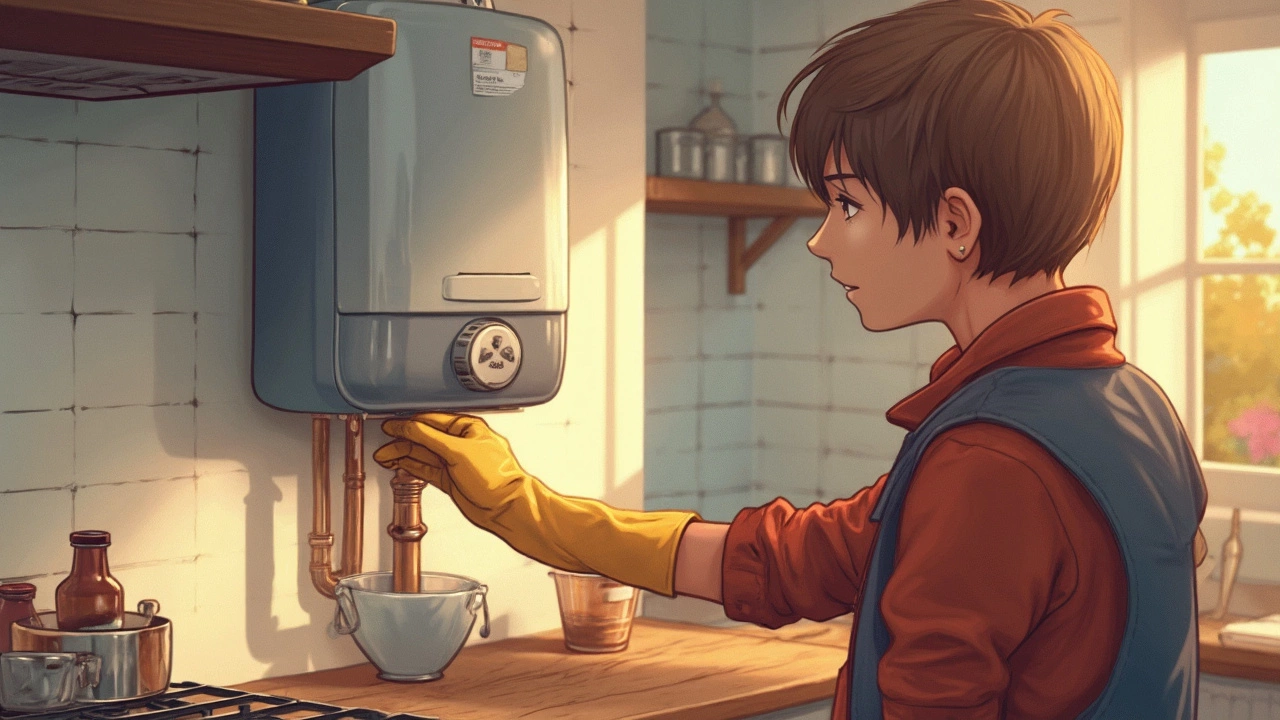
Resetting a water heater might seem simple, but it involves precaution. This article delves into when and why a reset might be necessary and explores the safety considerations involved. Learn about common signs that indicate a reset is due and the correct way to carry out this task. Discover the underlying causes of water heater issues to prevent future resets.
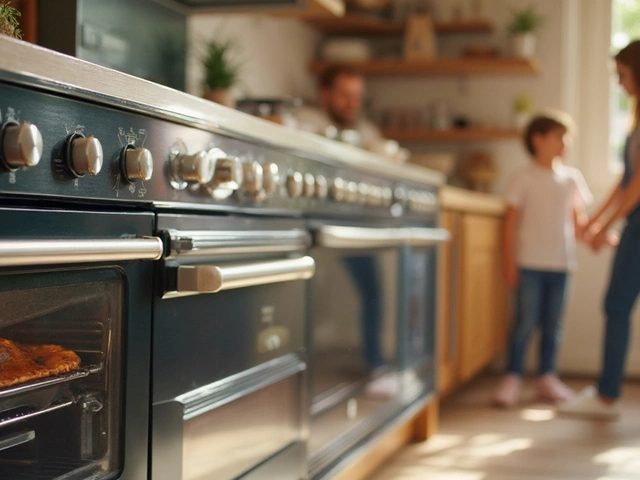
If you’re shopping for a new electric oven or worried about breakdowns, brand reliability matters big time. This article looks at which appliance brands have the fewest reported repairs, backed by recent repair data and real user experiences. You’ll see how different brands compare, which models tend to last, and when it makes sense to spend a little more upfront. Plus, you’ll pick up tips to keep your oven running smoothly, no matter which badge it wears. Everything’s packed in with real talk—no fluff to wade through.
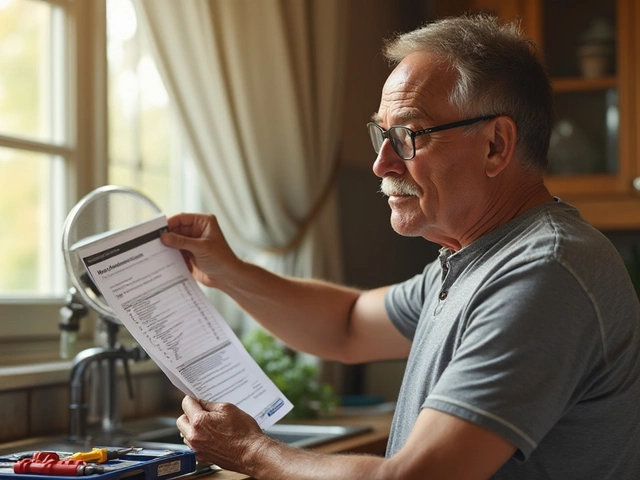
Repairing an extractor fan can seem daunting, but with the right guidance and tools, it's a task that can be tackled with confidence. This article walks you through the essential steps of diagnosing common issues, the tools needed for basic repairs, and tips for maintaining your fan in top condition. Whether in a kitchen or bathroom, keeping your extractor fan functional ensures optimal ventilation and air quality. Learn when a repair is possible and when it might be time to seek professional help.
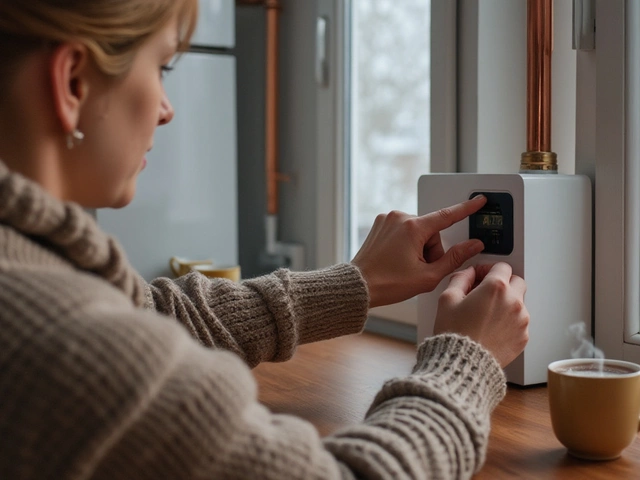
Maintaining a boiler goes beyond just an annual check-up. Regular maintenance ensures that your heating system runs efficiently, prolonging its lifespan and saving money on repairs. This article delves into necessary care tips, signs indicating a need for professional help, and actions homeowners can take to keep their boilers in top shape. Understanding the importance of each maintenance task can help prevent unexpected breakdowns, especially during colder months.

Experiencing a sudden loss of hot water can be inconvenient and potentially alarming. Understanding common reasons for this issue, such as thermostat malfunctions or a broken heating element, can help you troubleshoot the problem. Sometimes the solution is as simple as relighting the pilot light or adjusting the thermostat settings. For more complex issues, professional repair might be necessary. This article provides insightful tips and practical information to help you get your hot water flowing again.

Deciding whether to repair or replace a laptop can be challenging. This guide explores the costs, benefits, and considerations involved in repairing a laptop. Learn when it's worth diving into a repair and when it's best to shop for a new device, along with tips on DIY repairs and choosing a reliable repair service.